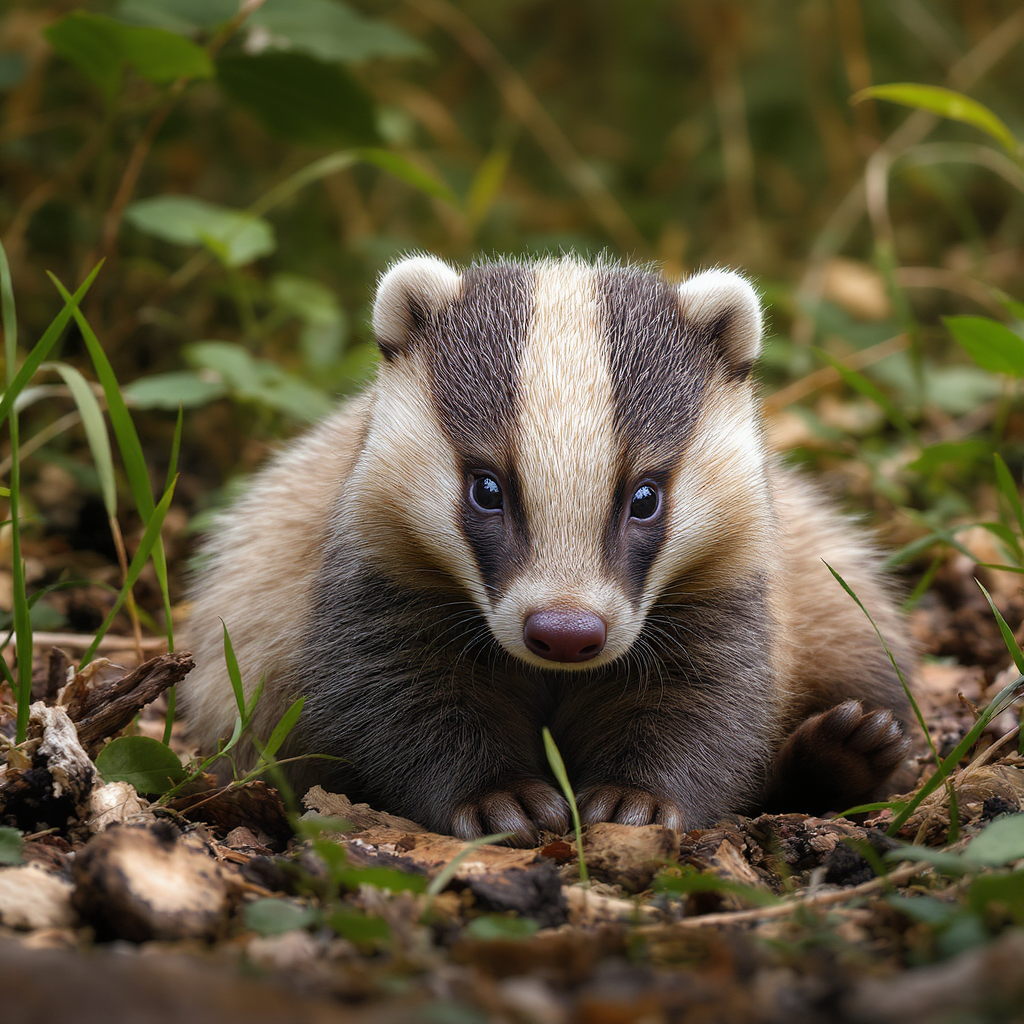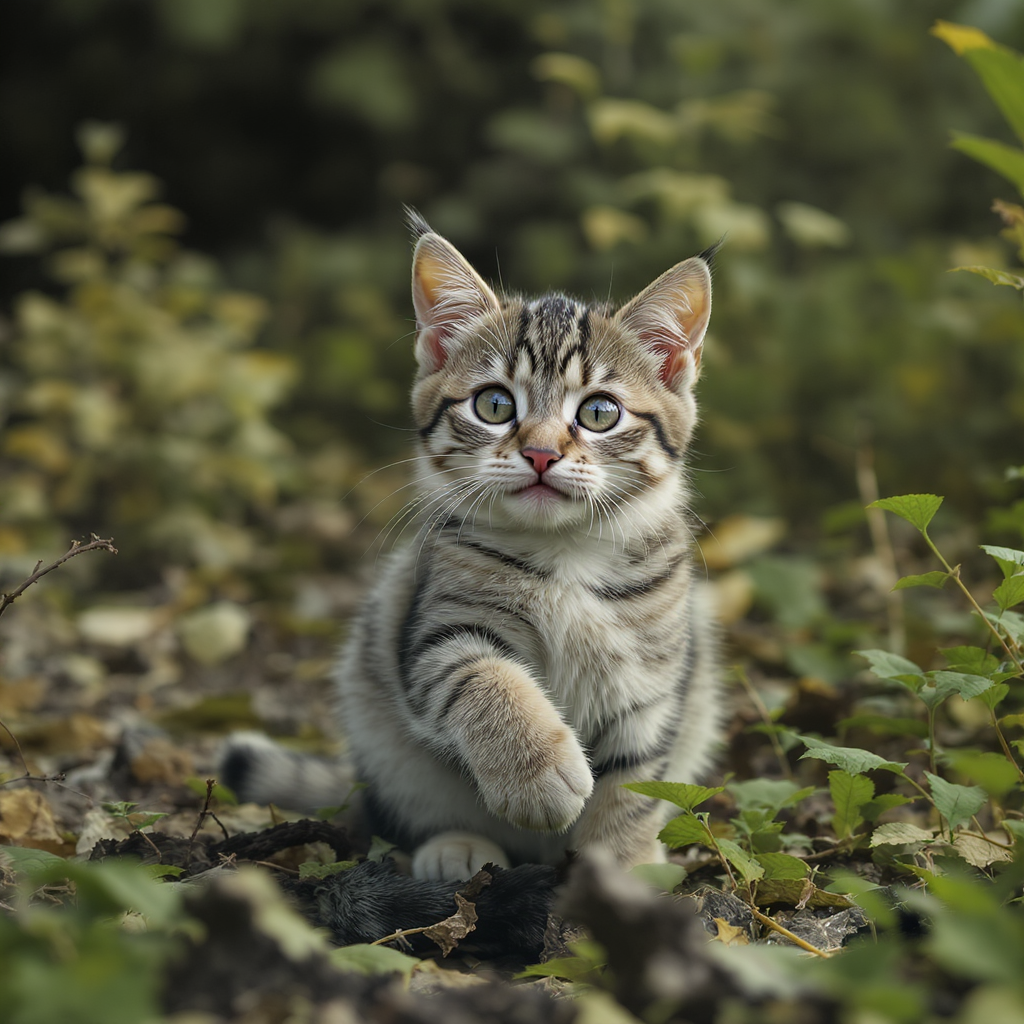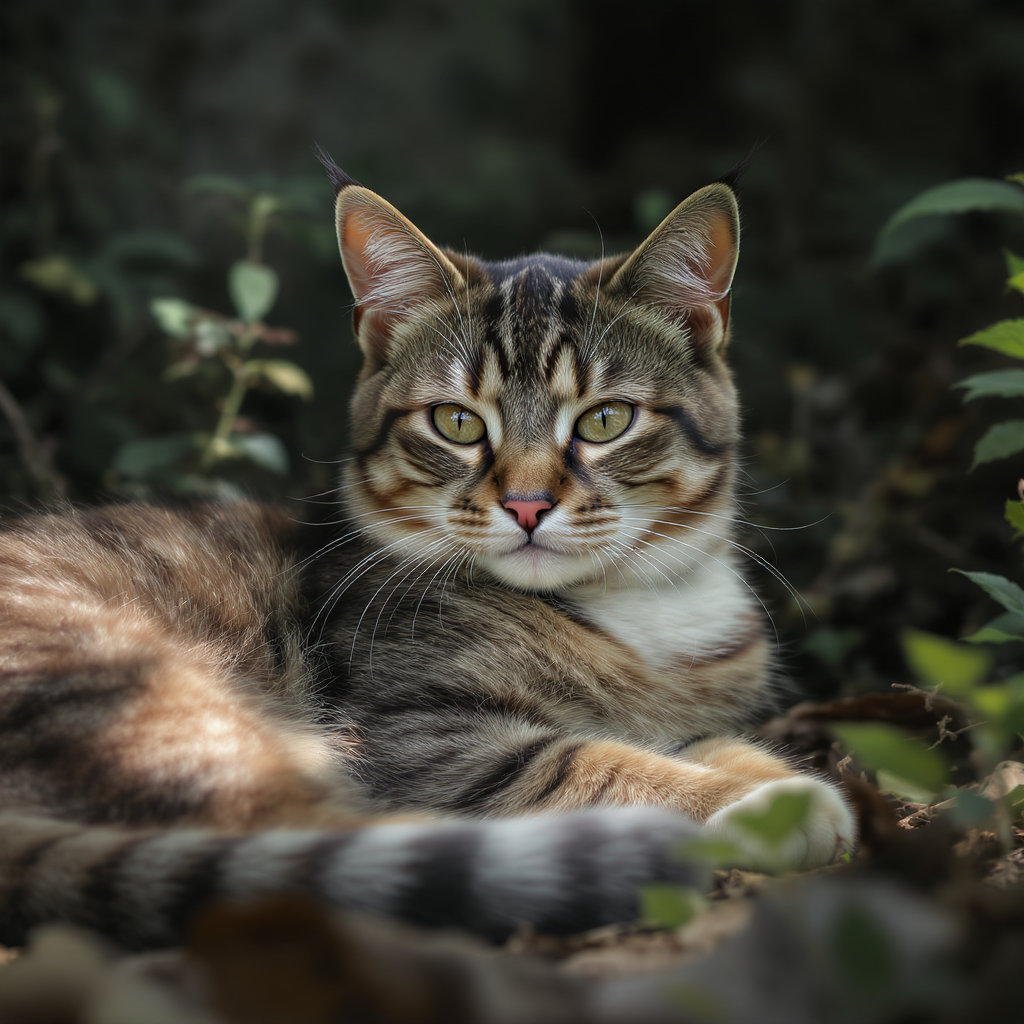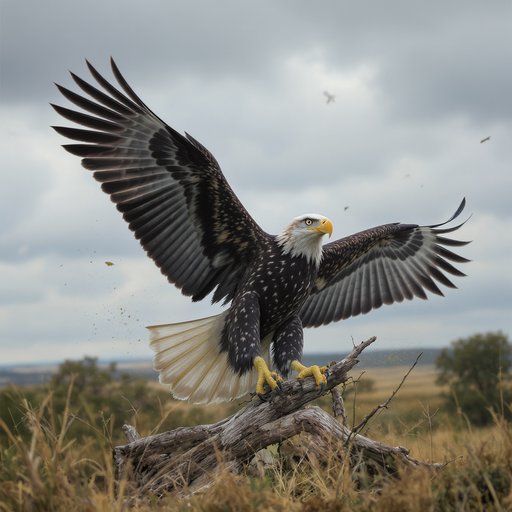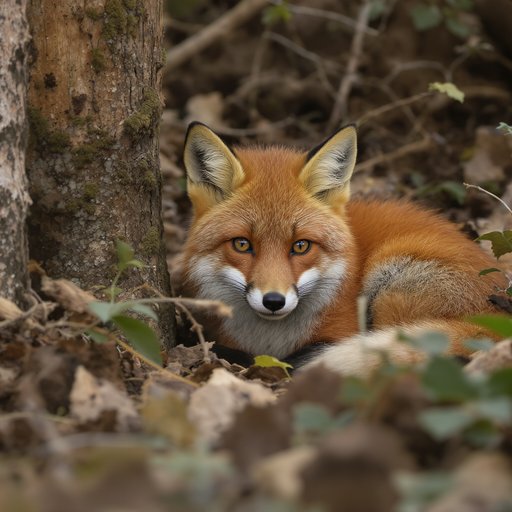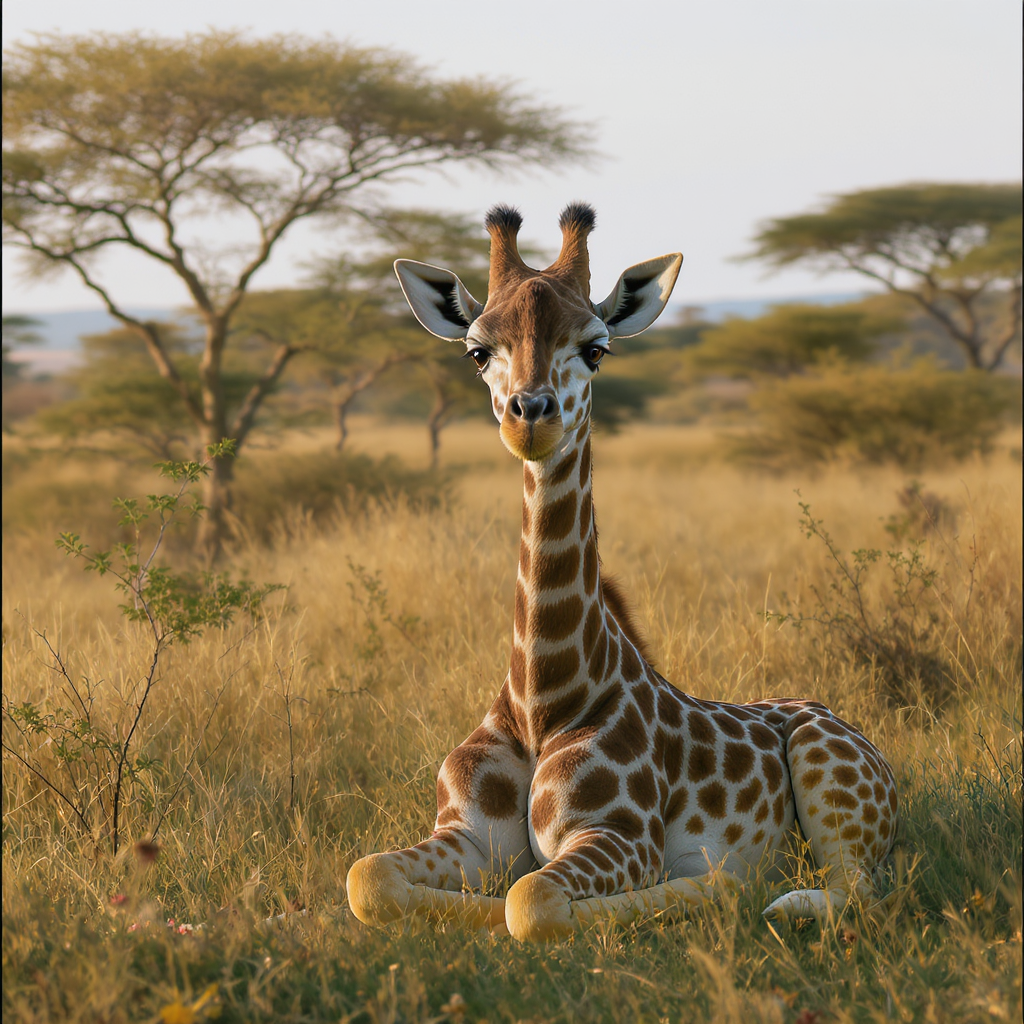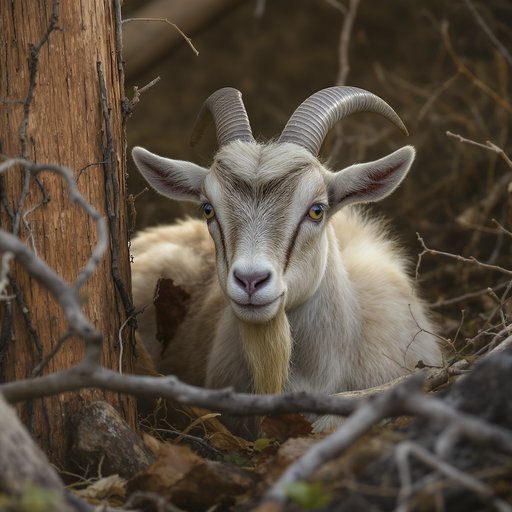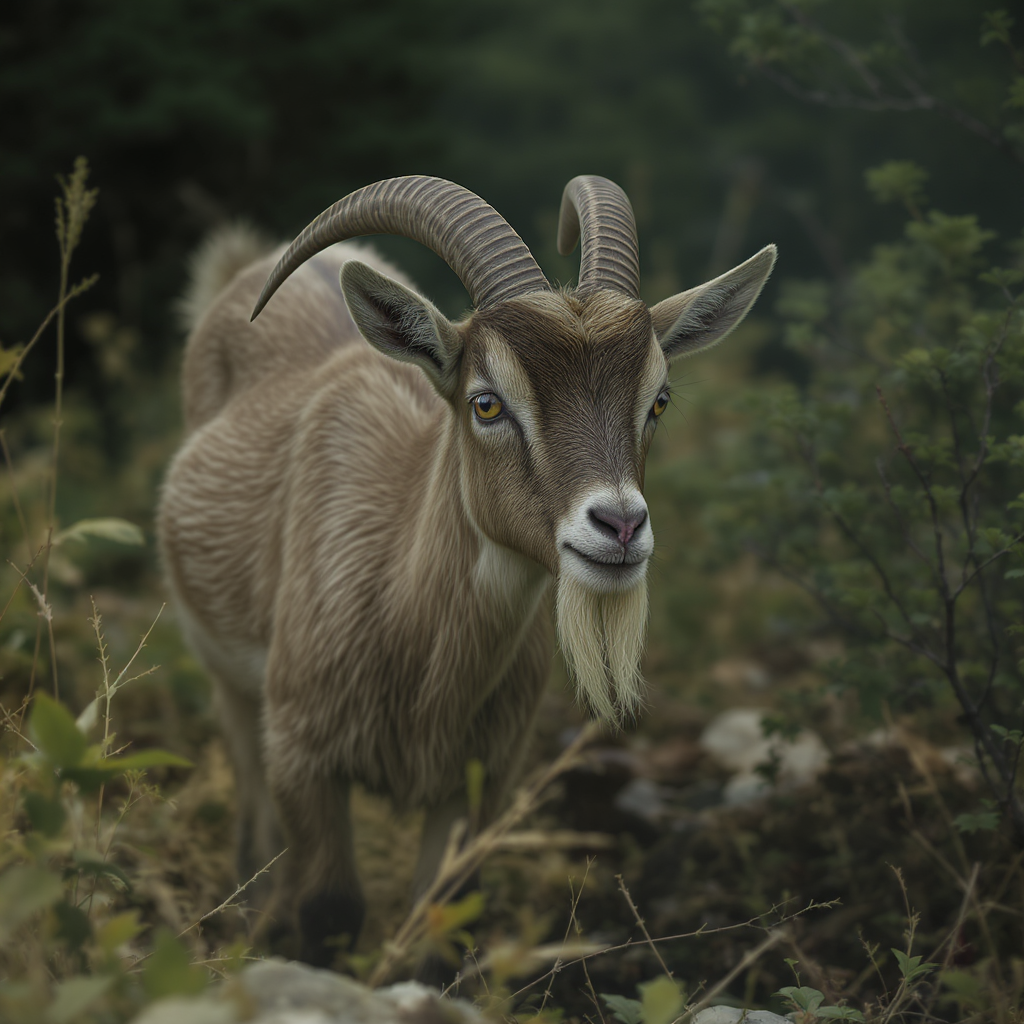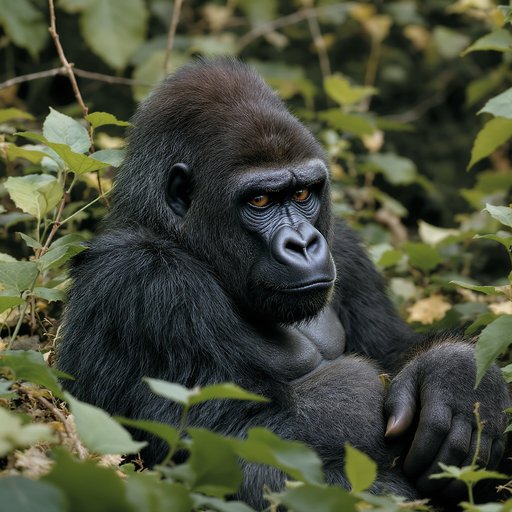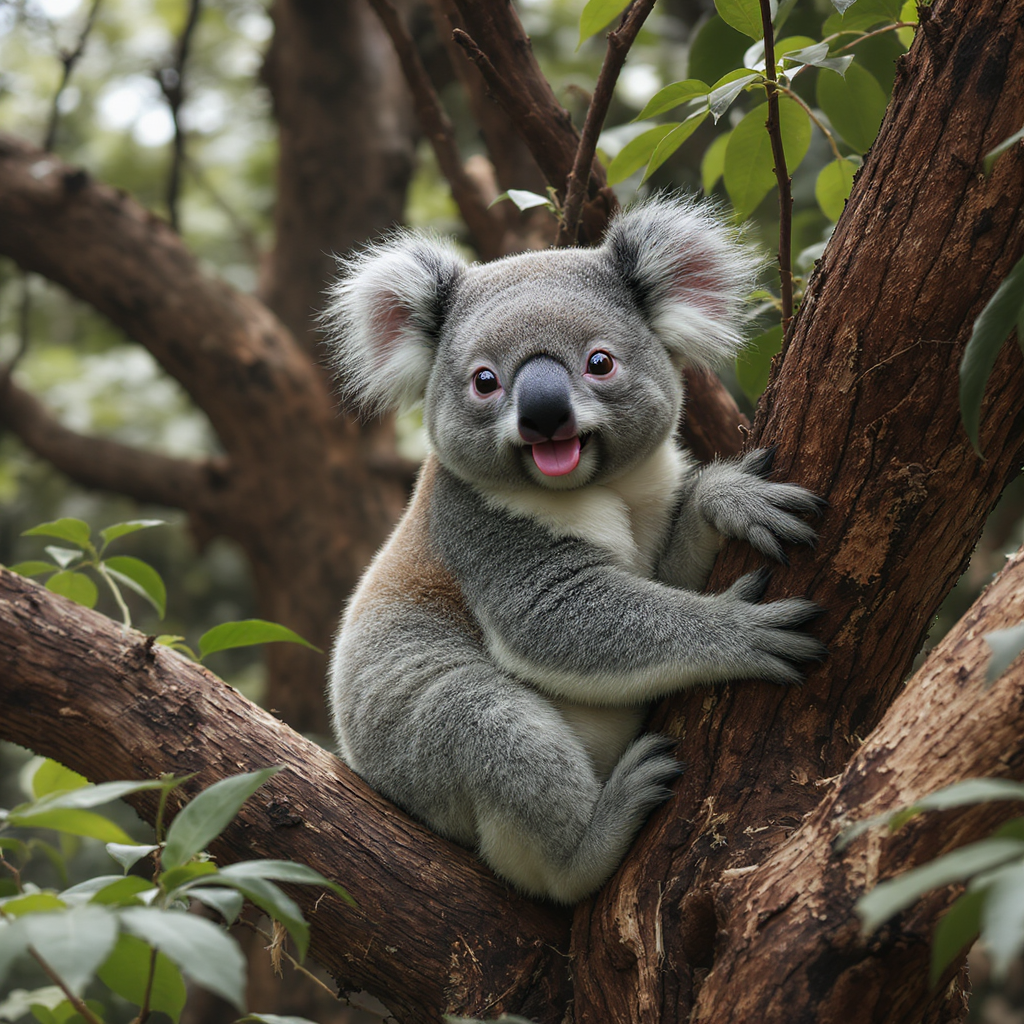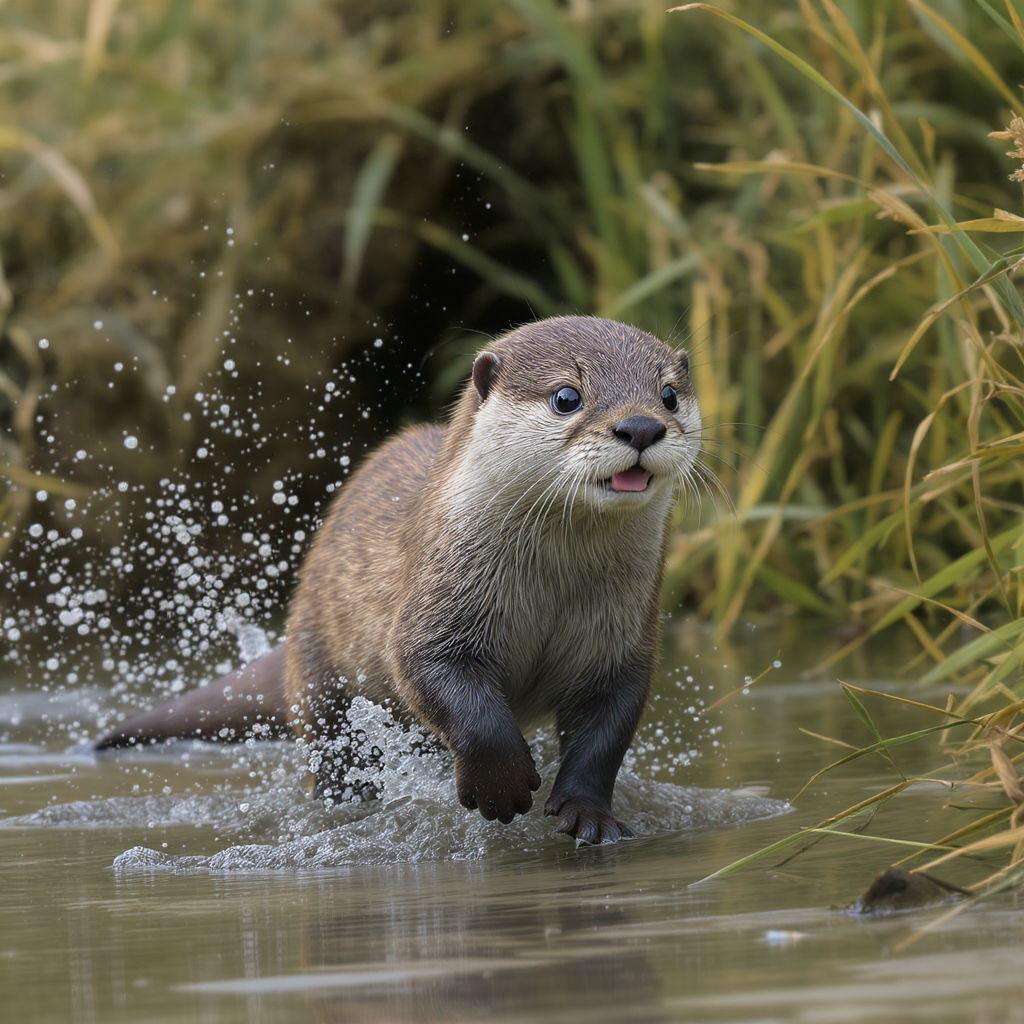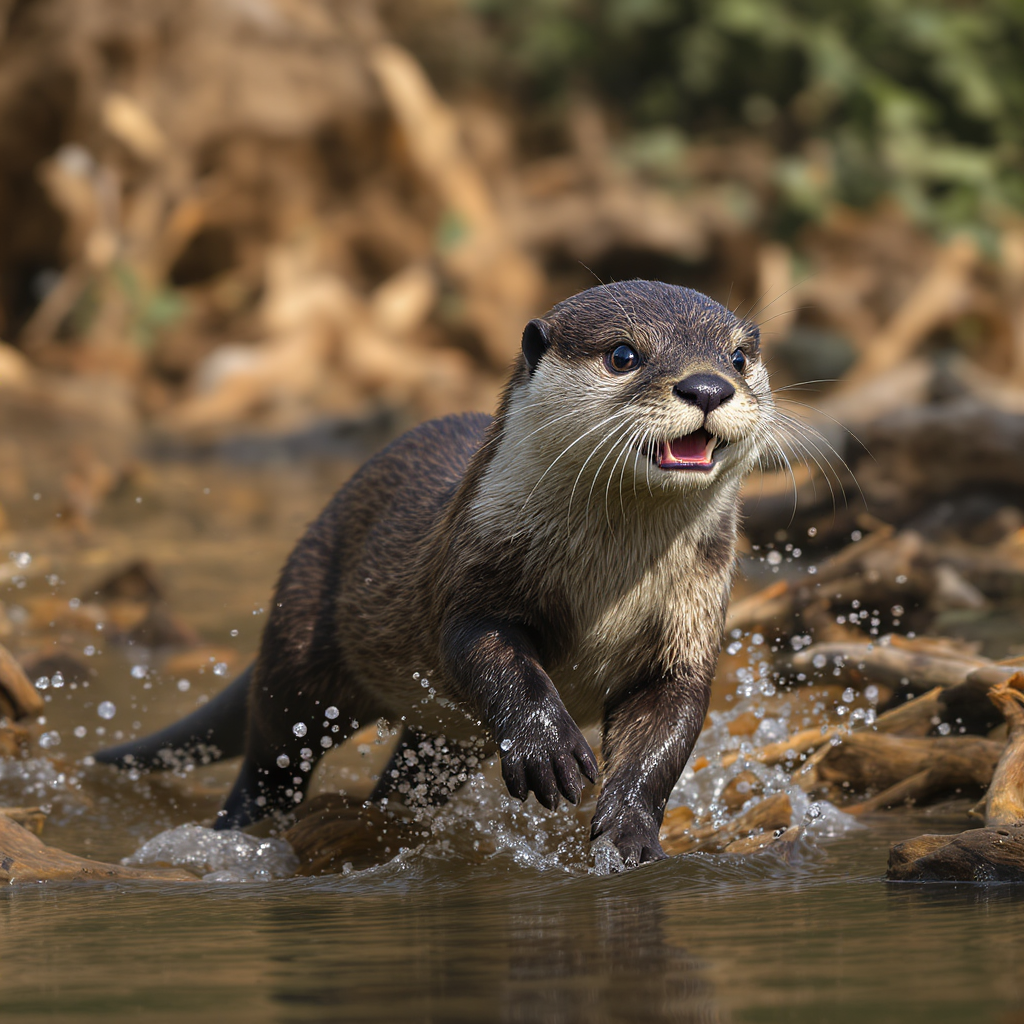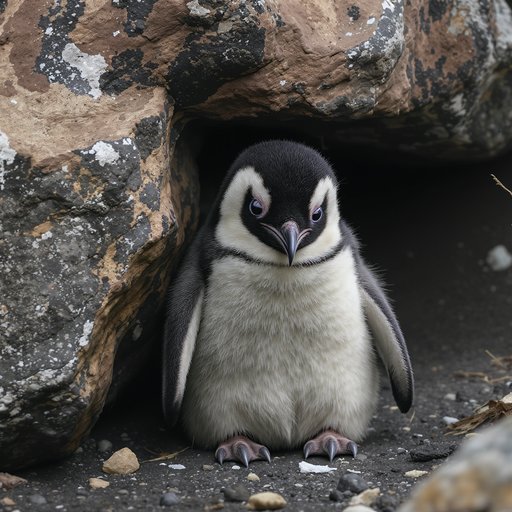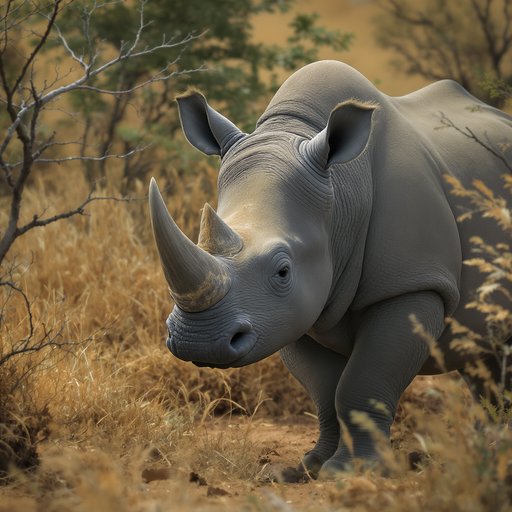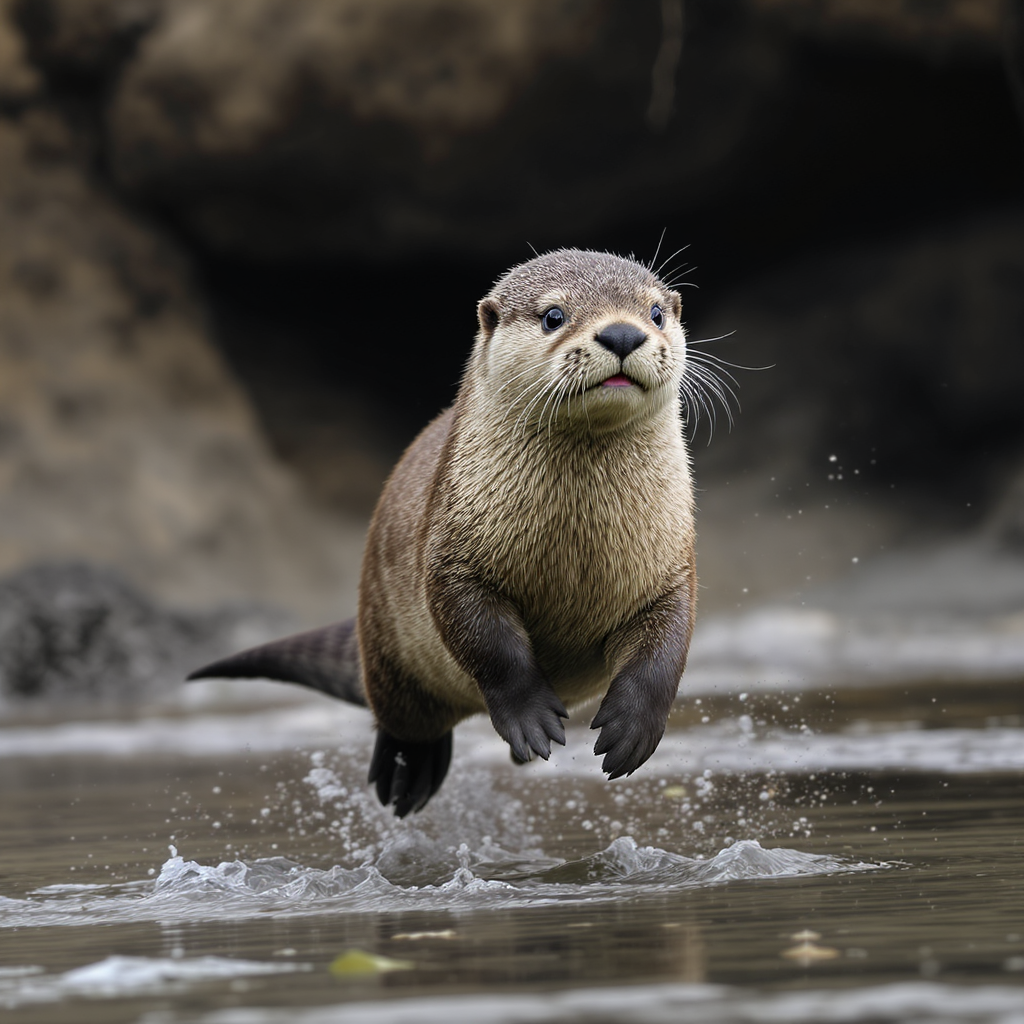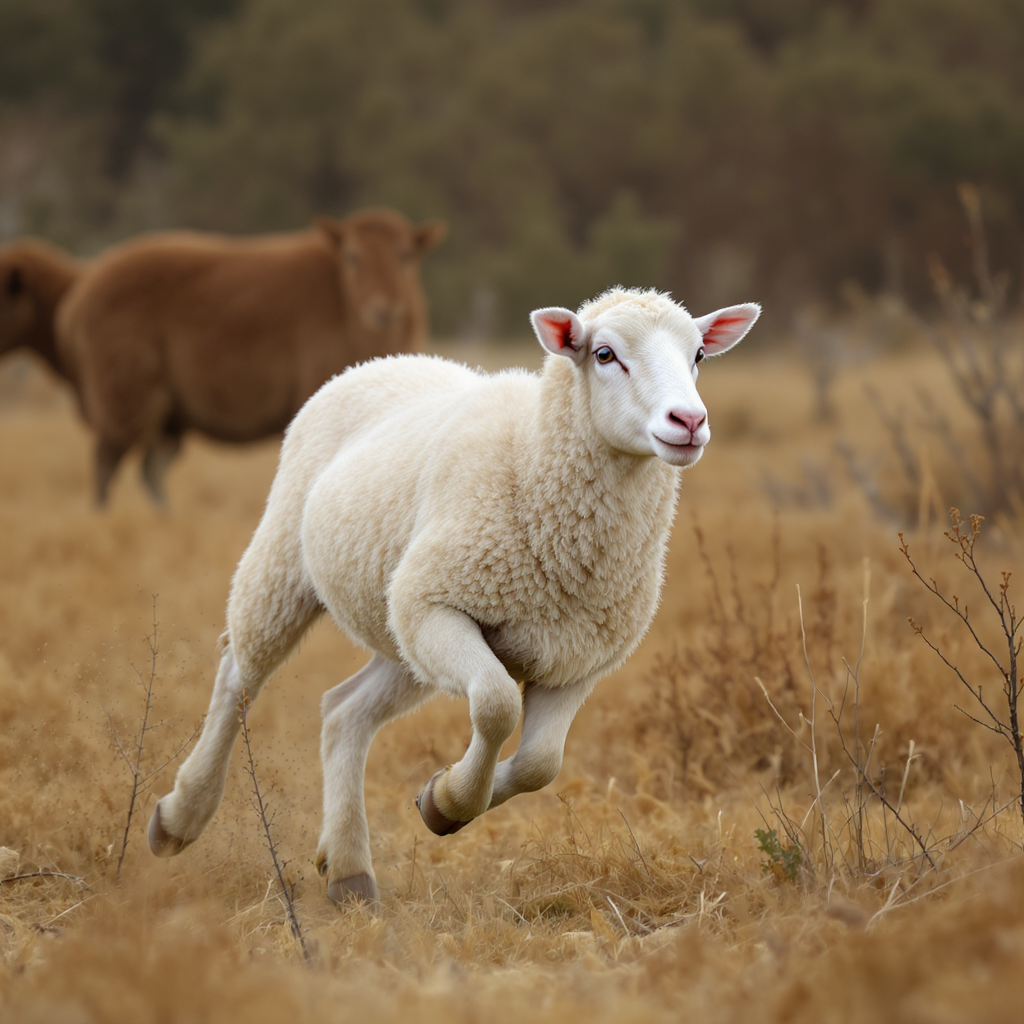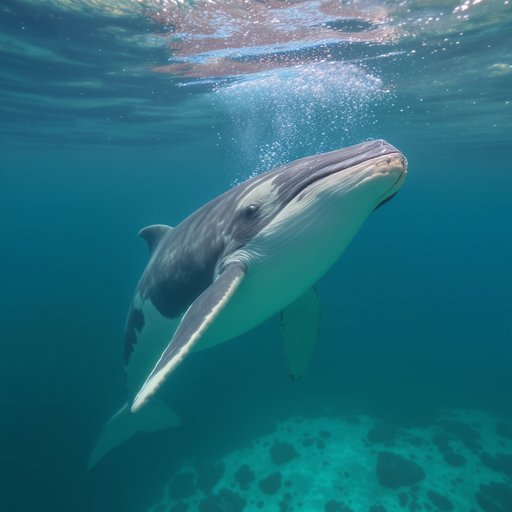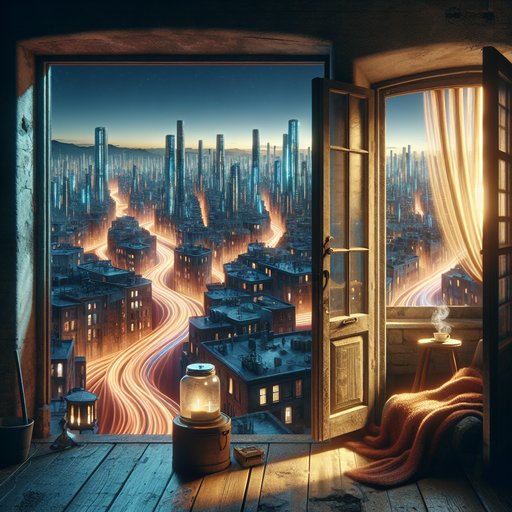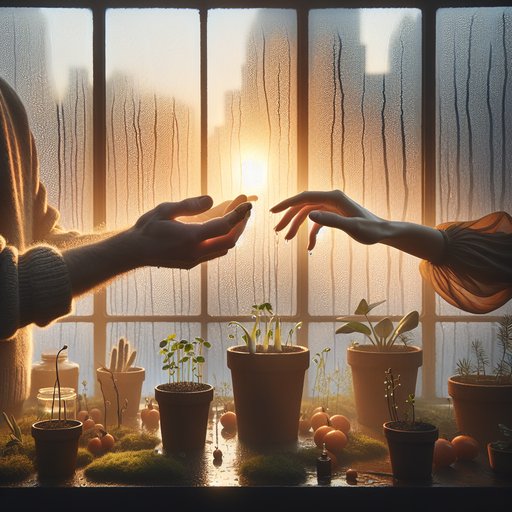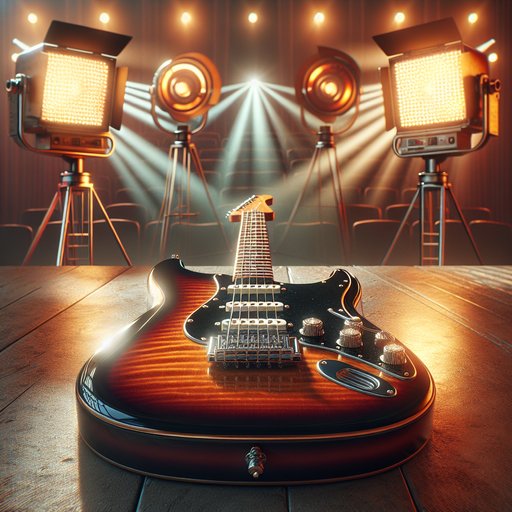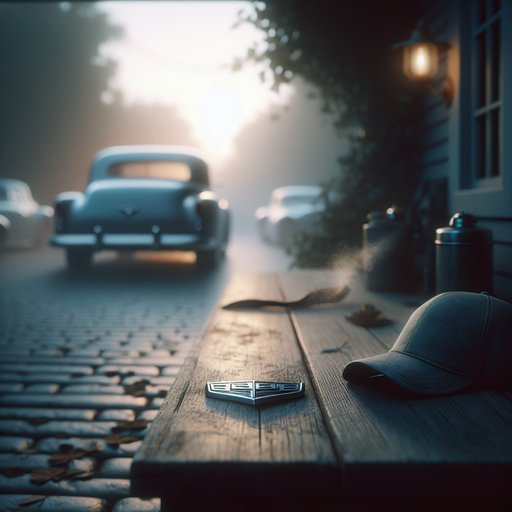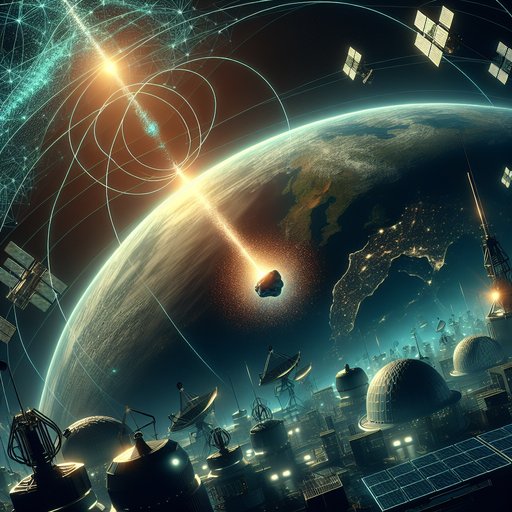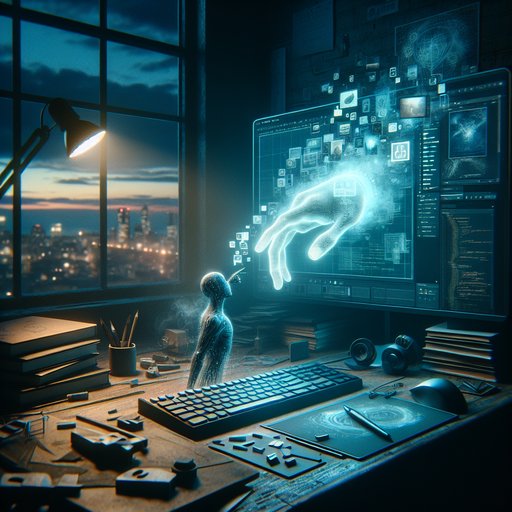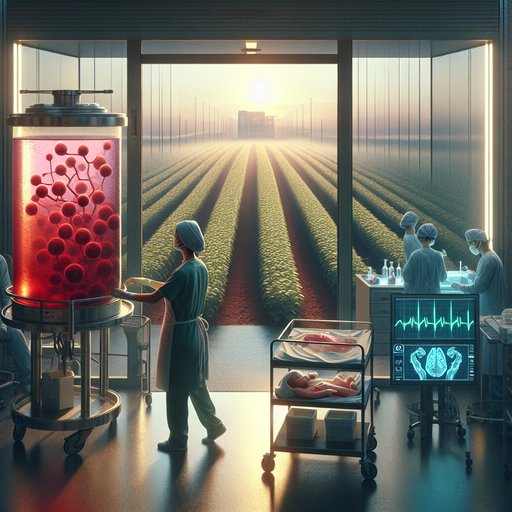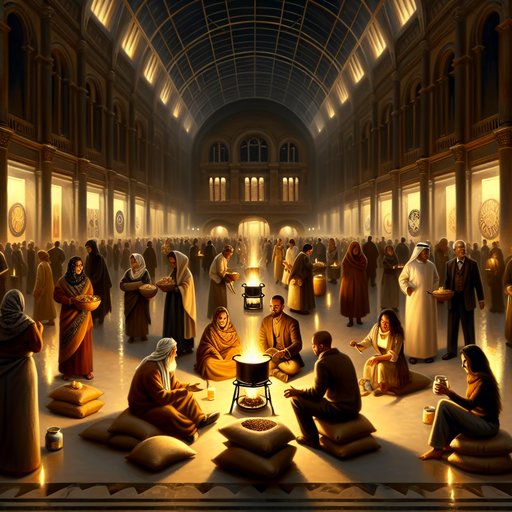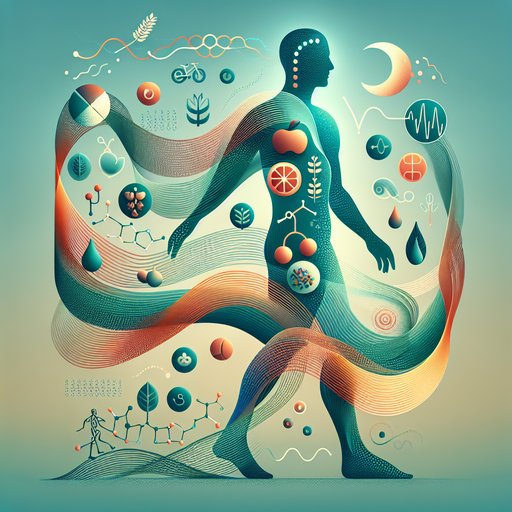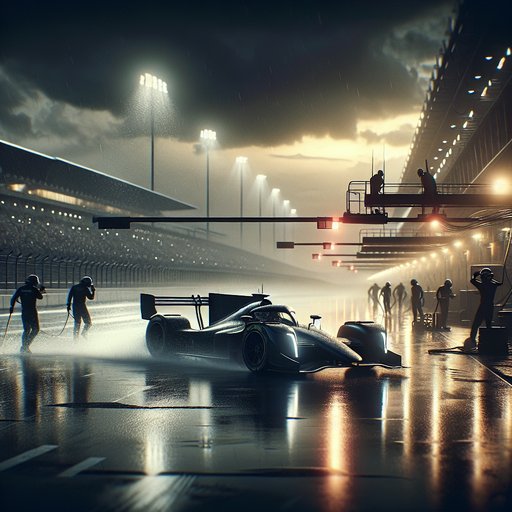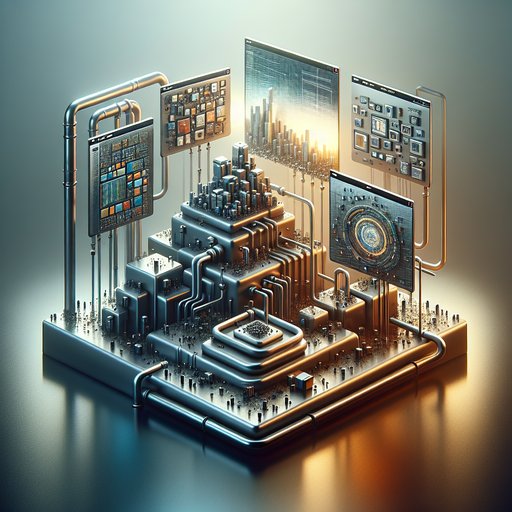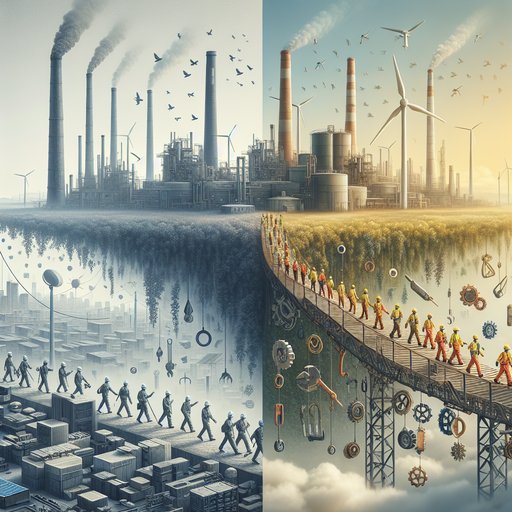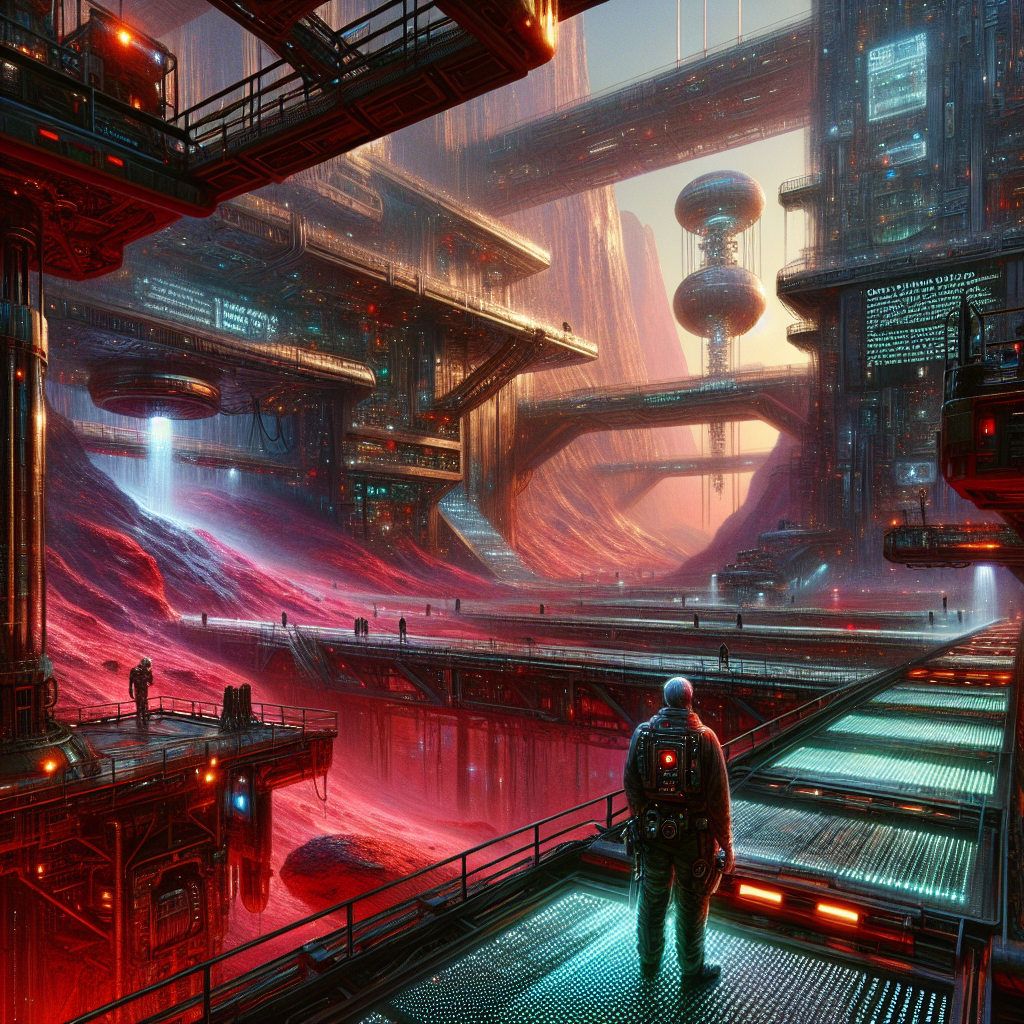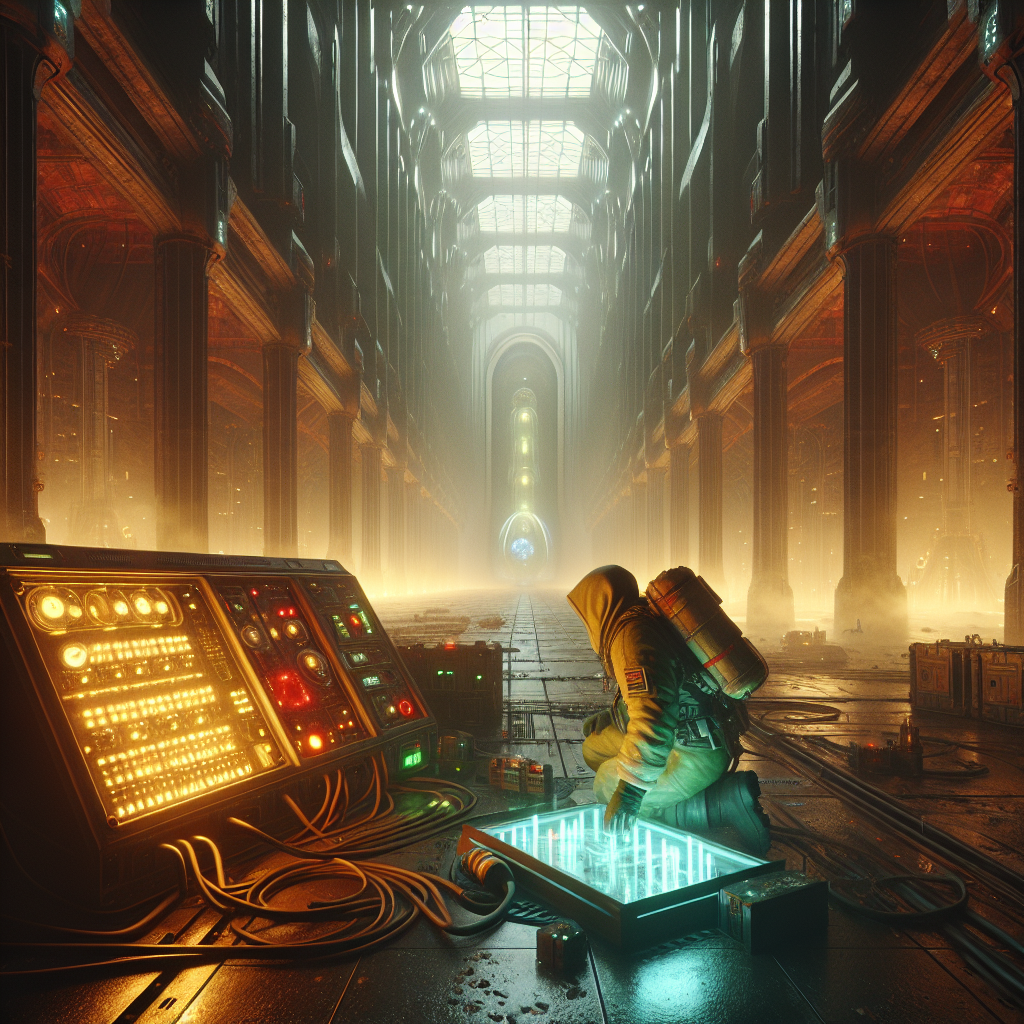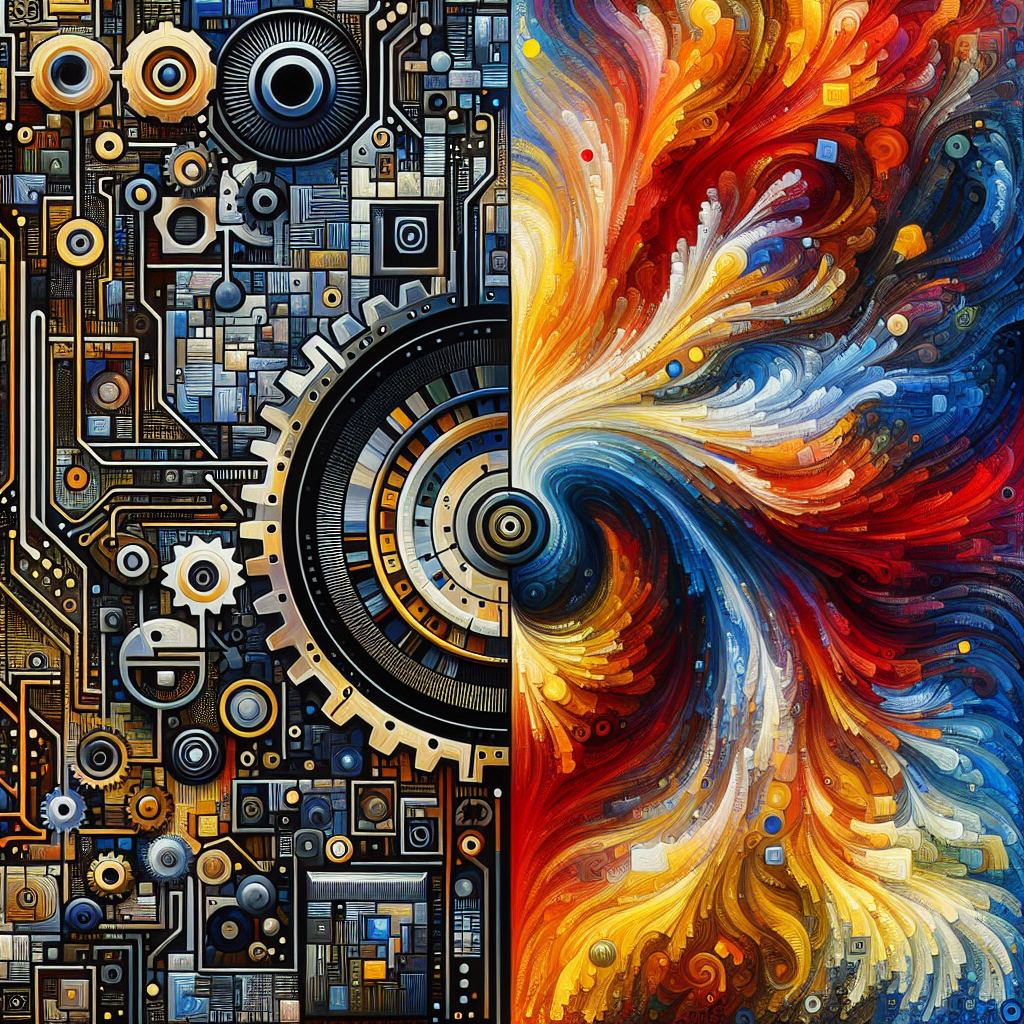
As generative AI continues to permeate our daily lives, its impact on the arts is both profound and contentious. Recent events illustrate how AI's encroachment into creative spaces raises questions of authenticity and emotive depth. When the developers of Jurassic World Evolution 3 decided to replace AI-generated scientist portraits due to public backlash, it was more than a concession—it was a watershed moment that reflected a growing unease with synthetic artistry [2][5]. This scenario prompts us to interrogate how robotic precision and creativity coexist and whether AI enhances or erodes the soul of artistic expression.
In recent years, AI has become an omnipresent force, reshaping industries from consumer goods to digital media [1]. Its foray into the arts, however, has not been without controversy. The decision by Frontier Developments, creators of Jurassic World Evolution 3, to abandon AI-generated art following strong player feedback underscores the tension between technological innovation and human creativity [2][3]. Fans criticized the game's use of AI for compromising the authenticity and individuality traditionally associated with artistic creation [4].
This backlash reflects a broader unease about AI's role in artistic spaces—a tension between precision and emotive depth that echoes throughout the industry. The allure of AI-generated art lies in its efficiency and consistency. Machines can produce intricate designs and complex visuals with speed and precision beyond human capability [5]. Yet this precision often lacks the spontaneity and emotional resonance that characterize human artistry.
The critique aimed at Jurassic World Evolution 3 highlights this very discord: while AI may replicate aesthetic features, it struggles to capture the nuanced emotions and intentionality that define authentic art [6][7]. This debate is not new. Throughout history, technological advancements have always challenged traditional art forms. The introduction of photography in the 19th century prompted similar concerns about the future of painting.
Yet, rather than replacing traditional art, photography democratized it, enabling new forms of expression and broadening the audience for visual storytelling. AI, it seems, is poised at a similar crossroads [8]. Will it redefine what we consider art, or simply augment existing practices? Critics of AI-generated art argue that it prioritizes efficiency over depth, creating works that are technically impressive but emotionally shallow [8].
The emotional depth of an artwork often stems from the artist's personal experiences and perspectives, which AI, devoid of consciousness, cannot replicate. This absence of authentic emotional input can lead audiences to perceive AI art as insubstantial or derivative, as was the case with the AI-generated elements in Jurassic World Evolution 3 [3][4]. However, proponents of AI in art contend that it can serve as a powerful tool for human creators, offering new possibilities for innovation and collaboration [5]. By handling repetitive tasks and generating novel ideas, AI can free artists to focus on more creative and strategic aspects of their work.
This perspective sees AI not as a replacement for human creativity but as a complement, a new brush in the artist's toolkit. As we navigate this technological watershed, it is crucial to consider the role AI should play in creative processes. Rather than viewing AI as a threat to authenticity, we might see it as an opportunity to broaden artistic horizons. The key lies in maintaining a balance—leveraging AI's capabilities while ensuring that human intuition and emotion remain at the core of artistic endeavors [8][5].
The path forward involves redefining our relationship with AI in the arts. By fostering a dialogue between technology and tradition, we can create a symbiosis where AI enhances rather than overshadows human creativity. As the younger generation grows up in a digital-first world, they may develop a more nuanced understanding of technology's role in art. This could lead to a future where the emotive depth of human creativity and the precision of AI coexist, pushing the boundaries of what art can be.
In this way, we can ensure that the art of tomorrow remains as soulful as it is innovative.
Sources
- What if Customers Started Saying No to AI? (Slashdot.org, 2025-06-22T11:34:00Z)
- Jurassic World Evolution 3 is ditching its AI-generated art after "some initial feedback" (Eurogamer.net, 2025-06-24T18:00:36Z)
- Bullying works once again: Jurassic World Evolution 3 is ditching its AI-generated scientist portraits after receiving backlash for sparing the wrong expense (PC Gamer, 2025-06-25T21:36:44Z)
- Finally, Jurassic World Evolution 3 devs have successfully been bullied out of using generative AI: "Thanks for your feedback on this topic" (GamesRadar+, 2025-06-24T15:13:42Z)
- AI in Design? Not the End, But Your New Creative Advantage! (Weandthecolor.com, 2025-06-21T12:33:34Z)
- 3 things Rhiannon Williams is into right now (MIT Technology Review, 2025-06-25T09:00:00Z)
- Jurassic World Evolution 3 Devs Remove AI-Generated Art After Fans Yell At Them A Lot (Kotaku, 2025-06-24T17:25:00Z)
- How generative AI is impacting our readers' everyday lives (ABC News (AU), 2025-06-26T19:01:50Z)
